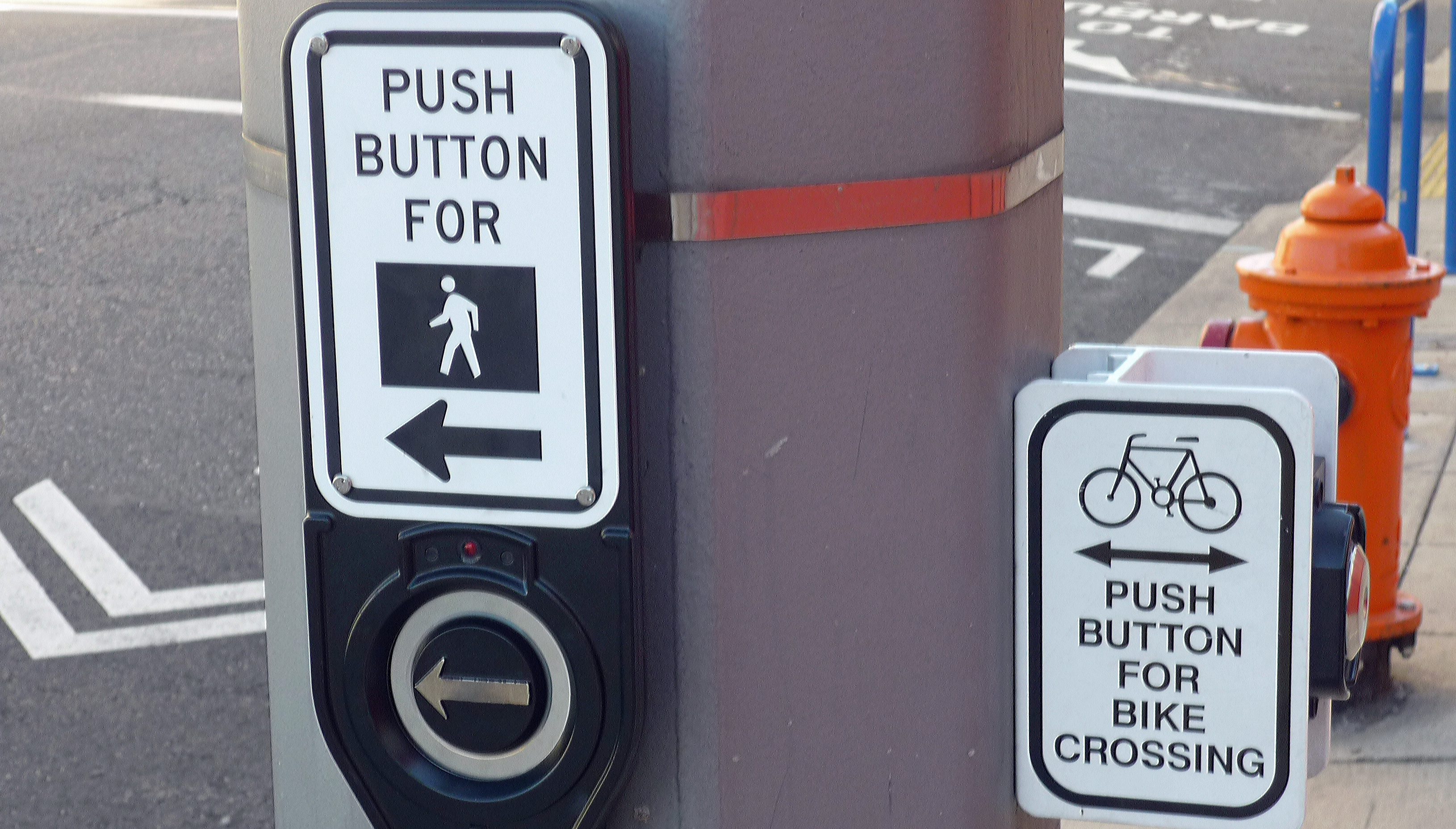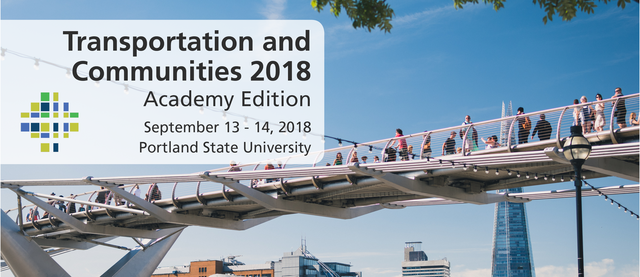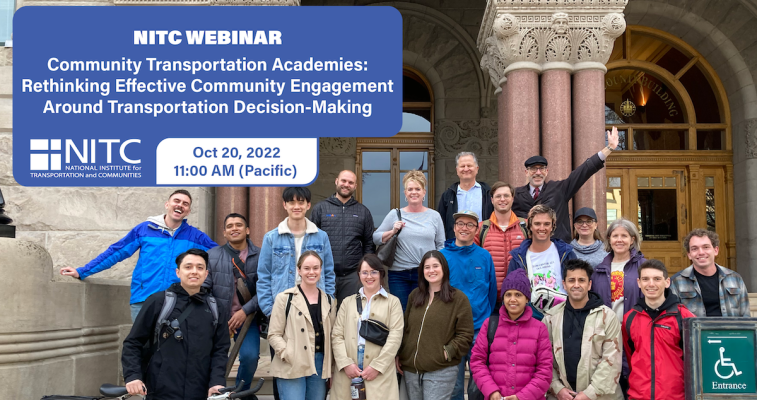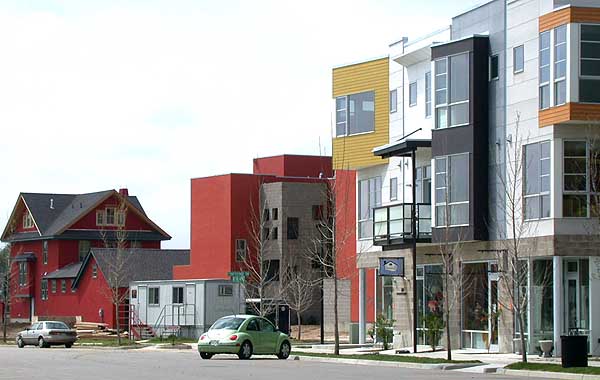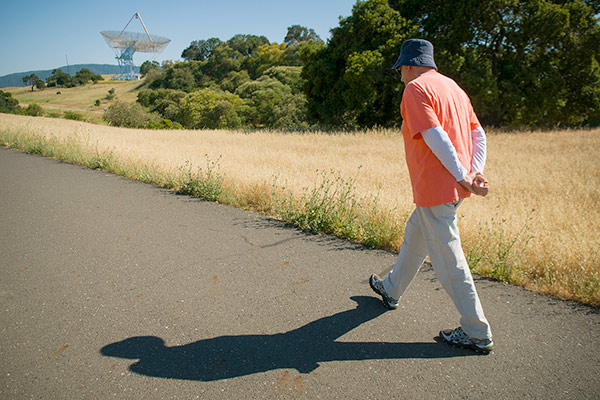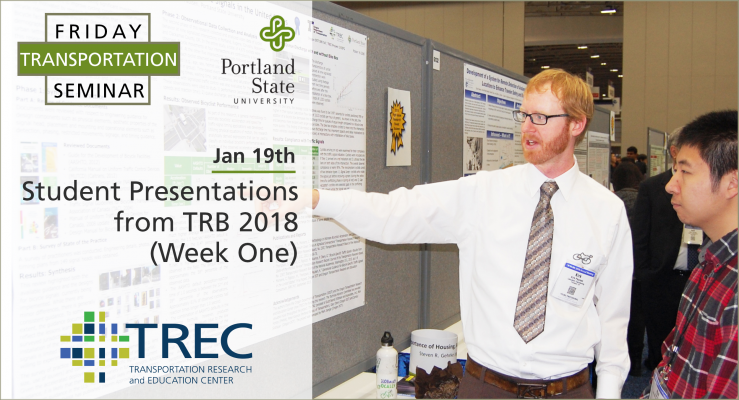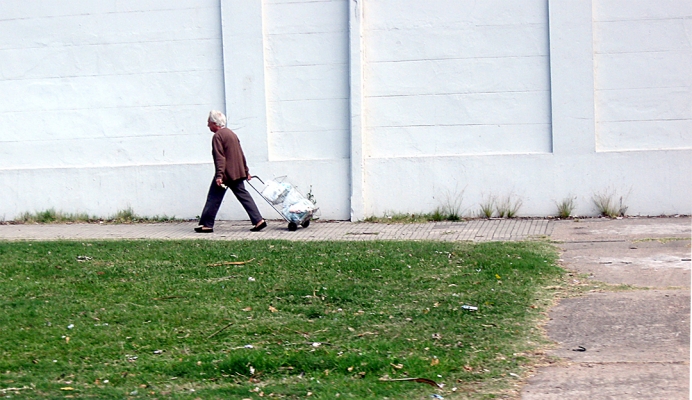The video begins at 3:22.
Steve Gehrke (CEE PhD) - Application of Geographic Perturbation Methods to Residential Locations in the Oregon Household Activity Survey: Proof of Concept
Travel demand models have advanced from zone-based methods to favor activity-based approaches that require more disaggregate data sources. Household travel surveys gather disaggregate data that may be utilized to better inform advanced travel demand models and also improve the understanding of how nonmotorized travel is influenced by a household’s surrounding built environment. However, the release of these disaggregate data is often limited by a confidentiality pledge between the household participant and survey administrator. Concerns regarding the disclosure risk of survey respondents to household travel surveys must be addressed before these household-level data may be released at their disaggregate geography. In an effort to honor this confidentiality pledge and facilitate the dissemination of valuable travel survey data, this research: (i) reviews geographical perturbation methods that seek to protect respondent confidentiality; (ii) outlines a procedure for implementing one promising practice, referred to as the donut masking technique; and (iii) demonstrates a proof of concept for this technique on ten respondents to a household activity travel survey in the Portland metropolitan region. To examine the balance...
Read more
